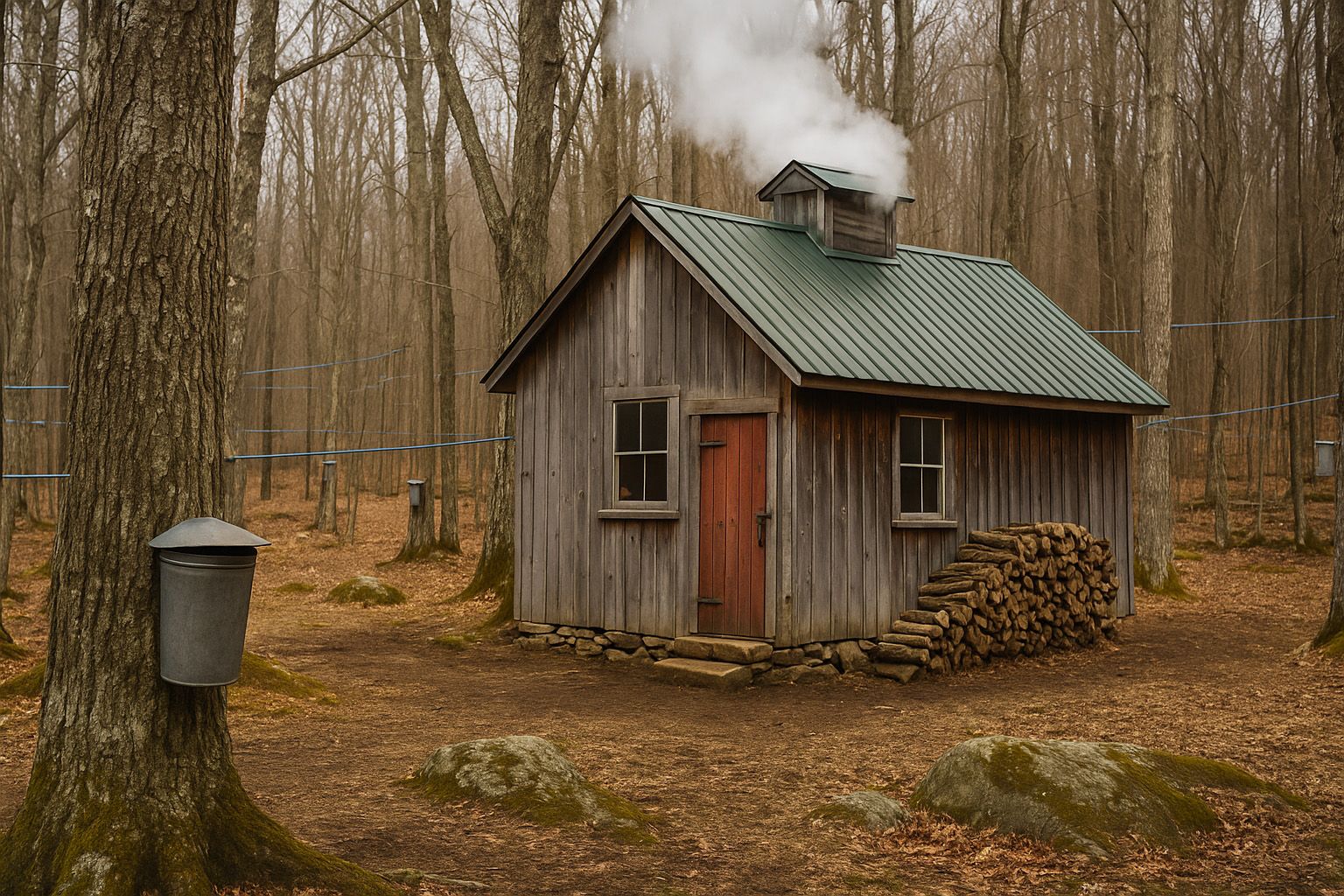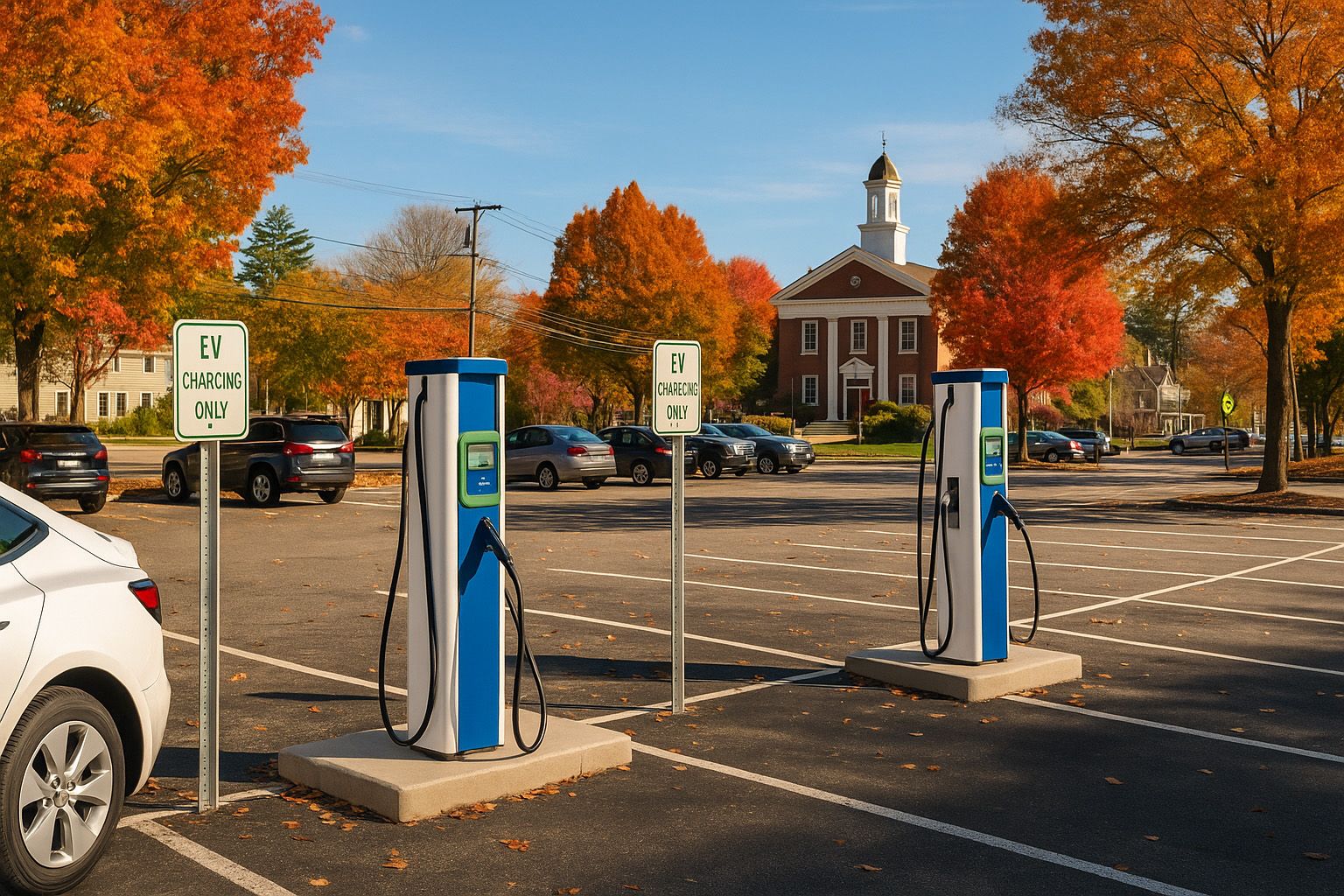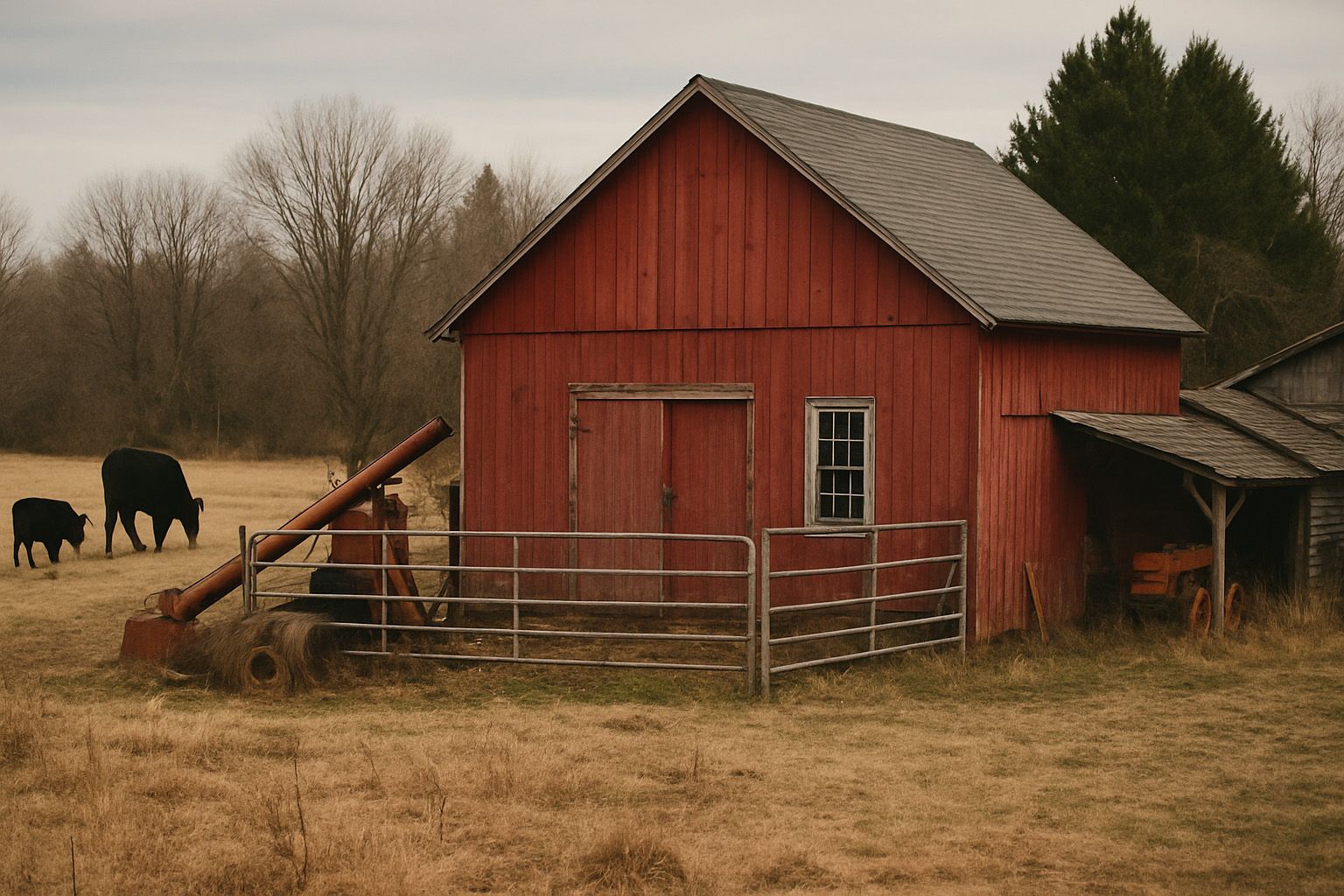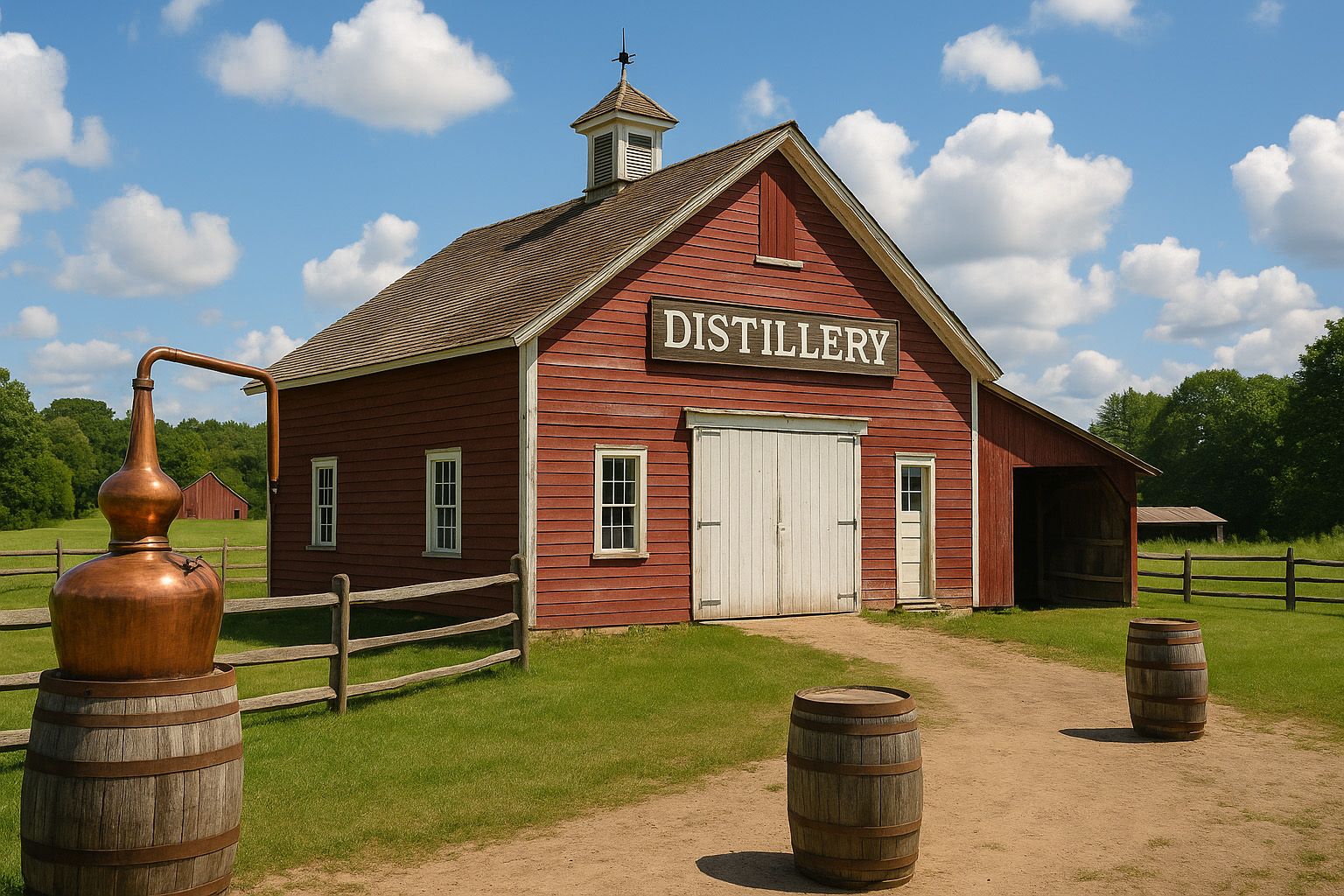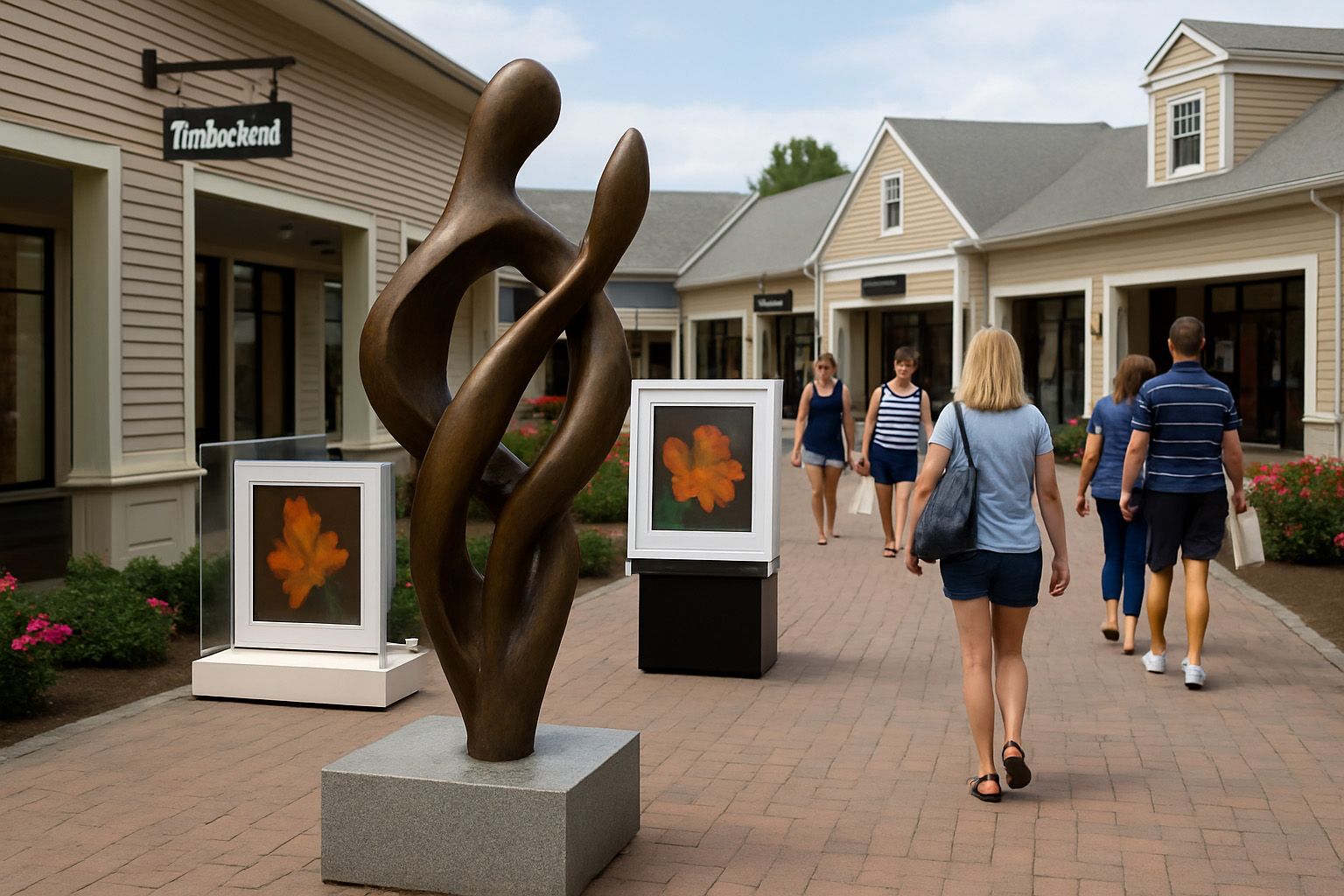Keeping It Rural: Wrentham’s Agricultural Rules Under Review
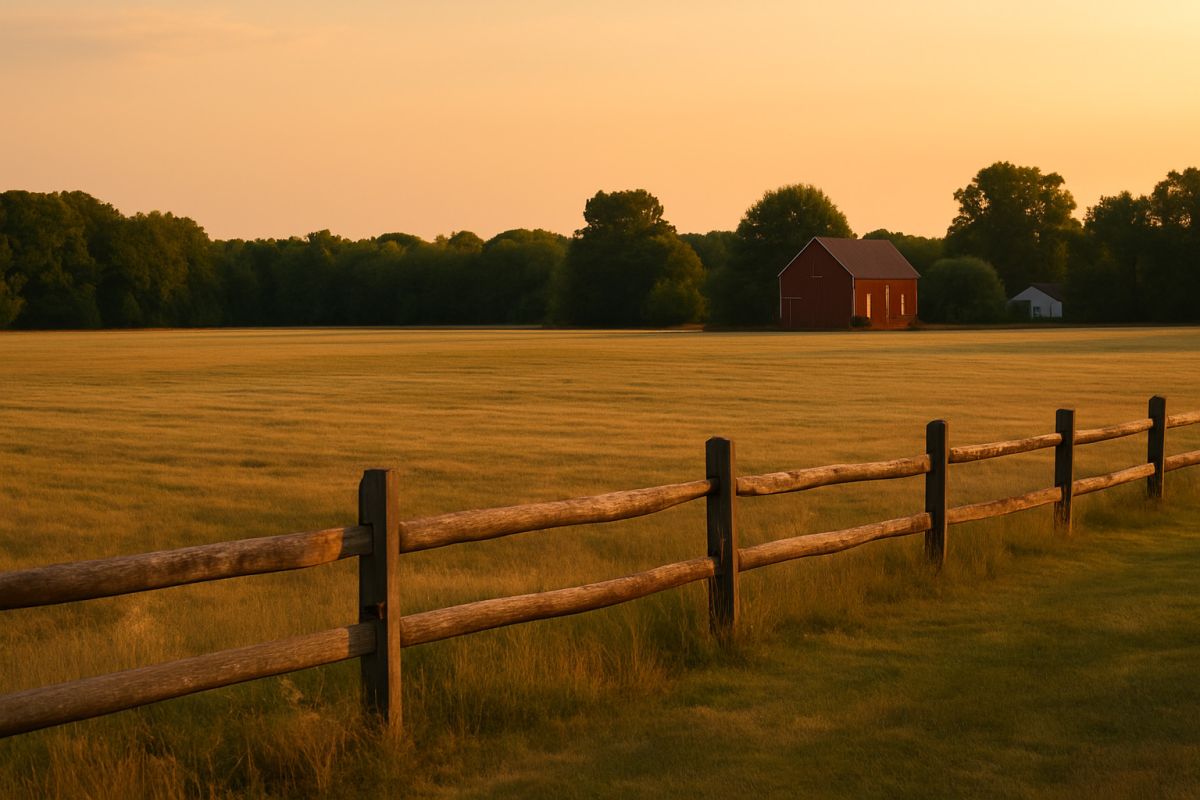
Keeping It Rural: Wrentham’s Agricultural Rules Under Review
Wrentham has long been known for its quiet roads, working farms, and stretches of open land—a reputation locals fiercely protect. But now, changes proposed to the town’s agricultural preservation rules have ignited a community-wide discussion: can Wrentham stay rural while still accommodating future growth?
At the heart of the issue is how agricultural parcels are defined and protected under local zoning and conservation bylaws. Currently, a patchwork of regulations governs how much land can be developed, and what must be preserved. Town officials say some of those rules are outdated and don’t reflect the modern realities of farming or land ownership. But residents worry that tweaking the rules—however minor it may seem—could open the door to unwanted development.
During recent Planning Board meetings, voices from both sides filled the room. Longtime farmers argued that flexibility is needed to keep family-run farms financially viable. Others expressed concern that subdividing land or loosening preservation thresholds would erode the very character that makes Wrentham distinct. “We didn’t move here to live in another suburban sprawl,” one resident said. “We’re here for the land, the space, and the sense of community.”
The debate comes at a time when land values are rising and developers are taking a keen interest in rural parcels. Several nearby towns have faced similar crossroads, attempting to balance economic growth with open-space conservation. Wrentham is now being asked to weigh its long-held rural identity against the pressures of modern land use, housing demand, and tax base expansion.
Town officials are quick to note that no final decisions have been made. Public workshops and feedback sessions are ongoing, and residents are encouraged to get involved before any new policies are drafted. For now, the conversation continues—about what to protect, what to allow, and how to preserve what makes Wrentham feel like Wrentham.



